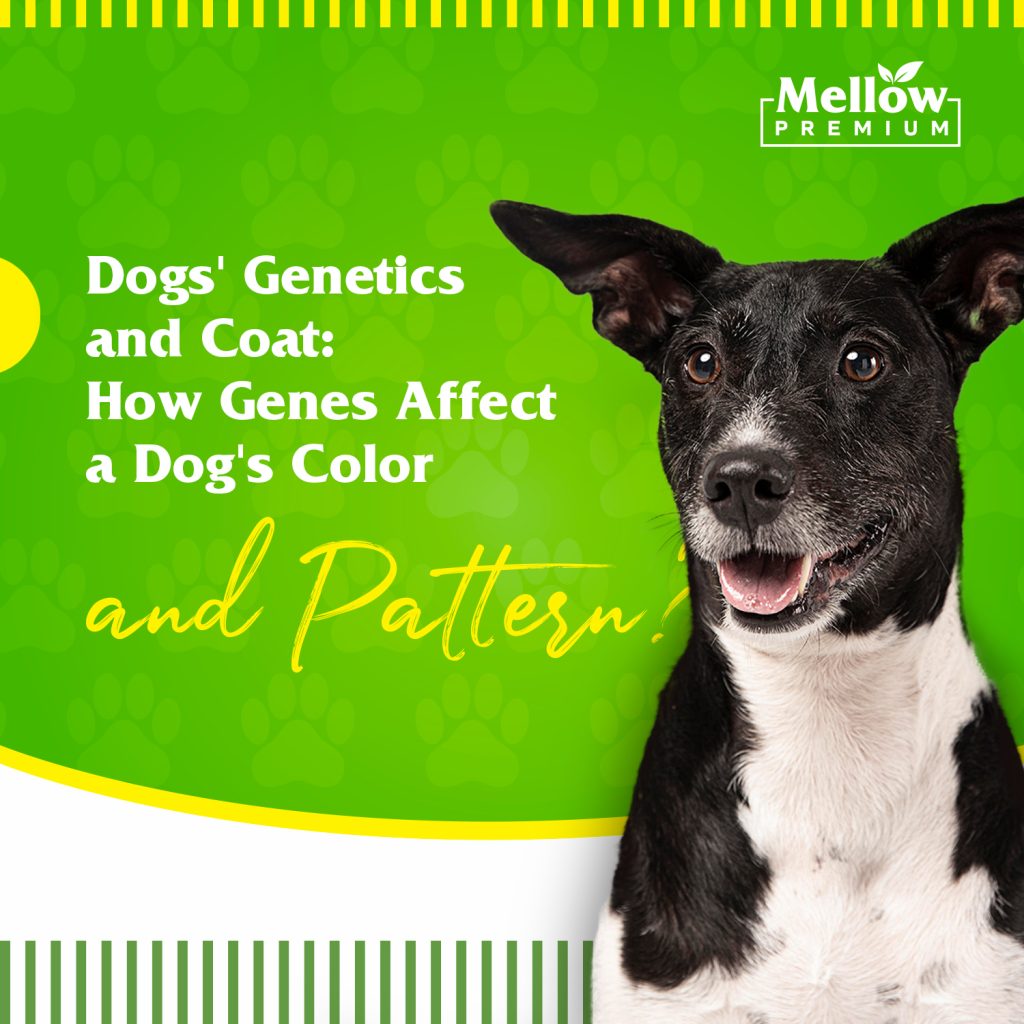Ever wondered what gives dogs their coat color? You may have noticed that they usually have the same coat color as their mother or father or combined from both. But, what exactly determines their coat color and pattern?
It’s their genes. Just like us, dogs inherit their appearance from their parents. Believe it or not, as many as seven genes cause the coat colors and/or patterns in dogs. Now, let’s dive into the unbelievable world of dogs’ genetics to learn and better understand how genes affect a dog’s coat color and pattern.
Genes and Coat Color and Pattern
Dogs have 39 pairs of chromosomes in each cell. Only one pair determines its gender whereas the other 38 determine all other features of the dog. Each chromosome contains thousands of genes inherited from the dog’s parents.
During breeding, each parent contributes one allele (a variant of a gene) from each locus. One of those alleles, the most dominant one, determines a dog’s traits, such as the color of its coat.
Which Genes Determine the Coat Collor and Pattern of Dogs?
Seven genes that determine the colors and/or patterns of dogs’ coats have been identified. These are melanocortin 1 receptor, melanophilin, tyrosinase-related protein 1, beta-defensin 103, agouti signal peptide, microphthalmia-associated transcription factor, and SILV (formerly PMEL17).
Pigments and Coat Color and Pattern
Apart from the genes, dogs’ pigments also play a role in determining what coat color and/or pattern a dog will have. While there is a variety of coat colors, there are two basic pigments: eumelanin (black) and phaeomelanin (red). All color variations originate from them.
The genes actually modify the colors of these two pigments, thus creating all the colors you have probably seen on dogs. For instance, genes’ effect on eumelanin (the black color) can create brown, light brown, or grey. On the other hand, their effect on phaeomelanin can create yellow, cream, orange, gold, and tan.
What Are the Most Common Coat Colors and Patterns?
Before we head to the most common coat colors and patterns, let us explain the difference between coat colors and coat patterns. When we talk about coat colors, we refer to coats with solid colors. On the other hand, when we talk about coat patterns, we refer to coats with a combination of colors.
The Most Common Coat Colors
The most common coat colors are:
- Black – as seen in Scottish Terriers, Black Russian Terriers, and Miniature Schnauzers.
- Brown – as seen in Cocker Spaniels and Labrador Retrievers.
- White – as seen in Chinese Crested and West Highland white terriers
- Fawn – as seen in Pugs and American Staffordshire Terriers
- Blue (silver-grey) – as seen in Weimaraners and Italian Greyhounds
- Red – as seen in Irish Setters, and the Dogue de Bordeaux
The Most Common Coat Patterns
The most common coat patterns are:
- Brindle – features dark stripes on a light coat. It can be seen in Boxers and French Bulldogs among the others.
- Merle – features spots of color in a piebald or solid coat. It can be seen in Australian Shepherds and Border Collies among the others.
- Harlequin – features black spots all over a white coat. It can be seen only seen in the Great Danes and Beaucerons.
- Piebald – features white spots on pigmented skin. It can be seen in Dachshunds and Finnish Lapphunds among the others.
 CA
CA

